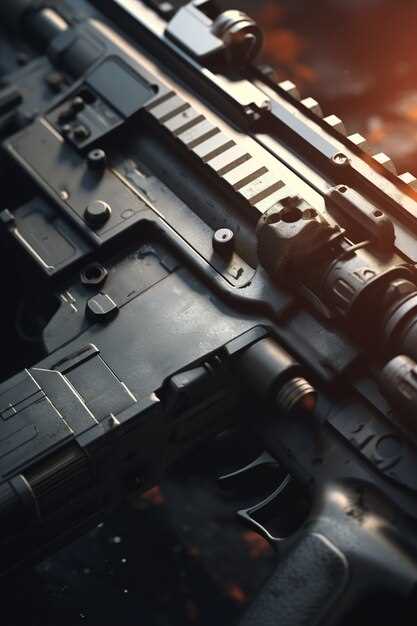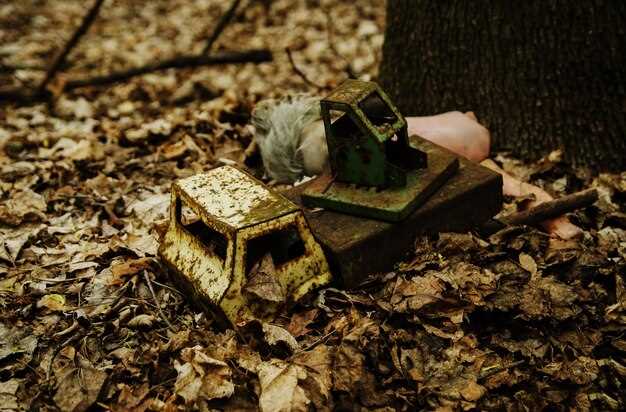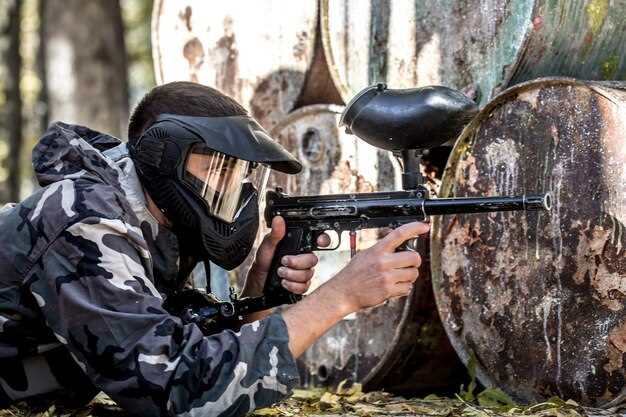
Safe disassembly and reassembly of hunting firearms

Understanding the intricate components of hunting firearms is essential for any responsible gun owner. When it comes to maintenance, ensuring the safe disassembly and reassembly of these machines is imperative for functionality and user safety. Each firearm is composed of various parts that require careful handling to prevent damage and ensure proper operation.
Care is crucial during this process, as even the smallest oversight can lead to significant safety hazards or malfunctions. Proper training and knowledge about your specific firearm model not only enhance your competency but also your confidence in managing your weapon effectively.
The disassembly process allows for thorough cleaning, inspection, and maintenance of the firearm’s parts. This attention to detail helps in identifying wear and tear, thus prolonging the life of your hunting firearm. Moreover, understanding how to safely reassemble your firearm is equally important, ensuring that every component is fitted correctly and securely, enabling optimal performance during use.
Step-by-Step Guide to Safely Disassemble Your Hunting Firearm

Disassembling your hunting firearm is essential for maintenance and cleaning. Follow these steps to ensure a safe and efficient disassembly process.
Step 1: Gather Necessary Tools
Before starting, collect all required tools, including a cleaning rod, screwdriver, and any necessary wrenches. Having everything at hand will streamline the process.
Step 2: Ensure Firearm is Unloaded
Always verify that the firearm is unloaded. Open the action and visually inspect the chamber and magazine to confirm there are no rounds present. Safety is paramount.
Step 3: Remove the Magazine
If your firearm is magazine-fed, remove the magazine first. This prevents accidental chambering of a round during disassembly.
Step 4: Disengage the Action
Depending on your firearm type, pull back the action to engage the disassembly mechanism. This process varies–consult your owner’s manual for specific instructions related to your model.
Step 5: Separate the Upper and Lower Receiver
For firearms with separate components, carefully detach the upper receiver from the lower receiver. This step involves loosening pins or screws; take care not to lose any small parts.
Step 6: Remove Internal Parts
Once the upper and lower receivers are separated, you can proceed to take out internal parts such as the bolt, firing pin, and recoil spring. Keep track of these parts and their order for reassembly.
Step 7: Store Parts Securely
As you disassemble the firearm, store all parts in a secure location. Using labeled containers can help you remember where each piece belongs, avoiding any mix-ups during reassembly.
Step 8: Clean Individual Parts
With the firearm disassembled, take this opportunity to clean each part. Use appropriate cleaning solutions and tools to remove dirt and residue. Ensure all parts are thoroughly dry before reassembly.
Step 9: Reassemble the Firearm
Follow the disassembly steps in reverse order to reassemble your firearm. Be attentive and ensure each part is aligned correctly. Double-check that all screws and pins are secured.
Step 10: Function Check
After reassembly, perform a function check. Ensure the action cycles smoothly, and that safety mechanisms work correctly. This final step is crucial to ensure reliable operation before using your firearm again.
Maintenance Tips for Key Firearm Parts During Reassembly
Proper care during the reassembly of hunting firearms is essential for ensuring longevity and optimal performance. Focus on critical parts such as the barrel, action, trigger assembly, and stocks. Each part requires specific attention to function effectively and safely.
Begin with the barrel. Inspect it for residue and ensure it is clean and free of obstructions. Use a soft cloth and a compatible cleaning solution to remove any buildup. Once cleaned, apply a light coat of oil to prevent rust, ensuring the oil does not reach the chamber or crown.
The action is another vital component. Before reassembly, verify that all moving parts are lubricated correctly. Use a high-quality gun lubricant on the contact points and springs. Avoid over-lubrication, as excess oil can attract dirt and debris, leading to malfunctions.
The trigger assembly should also be handled with care. Clean any dirt or debris from the area and inspect the trigger and sear for signs of wear. A small drop of lubricant can enhance smooth operation, but be cautious not to interfere with the mechanism’s precision.
Pay special attention to the stock. Inspect it for any cracks or wear. If applicable, treat wooden stocks with oil or a protective finish to maintain their integrity. Ensure that all screws and fittings are tightened but not overtightened, as this could strip the wood or metal threads.
Lastly, perform a final inspection of all parts before fully assembling the firearm. Ensure all components fit together correctly and operate as intended. Any signs of misalignment or excessive wear should be addressed before the firearm is used.
Common Mistakes to Avoid When Reassembling Firearms

Reassembling a firearm requires careful attention to detail to ensure functionality and safety. One common mistake is overlooking the order of assembly. Each component has a specific place and position, and failing to follow the prescribed sequence can lead to malfunctions.
Another frequent error is neglecting to check for wear or damage on parts prior to reassembly. Components such as springs, pins, and screws can become worn during disassembly. Ignoring these issues can compromise the firearm’s reliability and safety.
Inadequate lubrication is also a common oversight. It is essential to apply the correct lubricant to moving parts before reassembly. Insufficient lubrication can result in increased friction, which may lead to premature wear or failure during operation.
Forgetting to ensure that all parts are completely clean can lead to significant problems. Residues from previous use can affect performance and lead to malfunctions. It is vital to clean each component thoroughly before beginning assembly.
Improperly securing screws and fasteners is another mistake. These elements must be tightened to the manufacturer’s specifications to maintain the firearm’s structural integrity. Over-tightening can strip threads, while under-tightening may result in parts becoming loose during use.
Lastly, a lack of focus or rushing the reassembly process can lead to significant errors. It is advisable to work in a distraction-free environment, allowing sufficient time to complete each step with care. Taking shortcuts may result in dire consequences.




